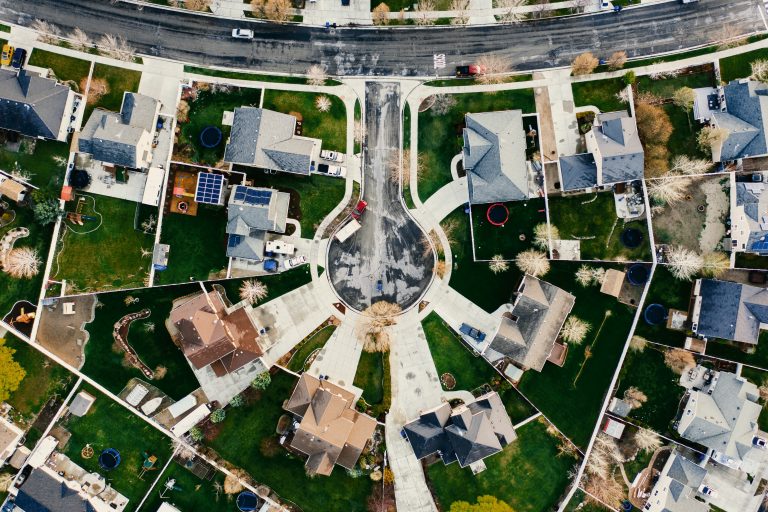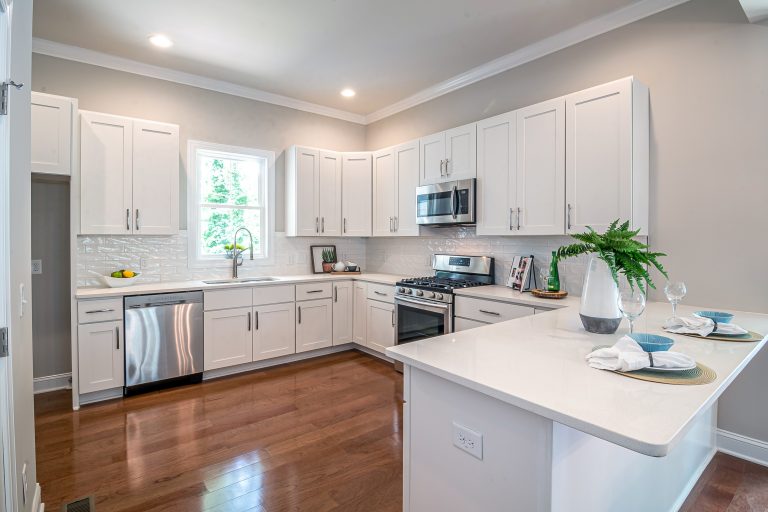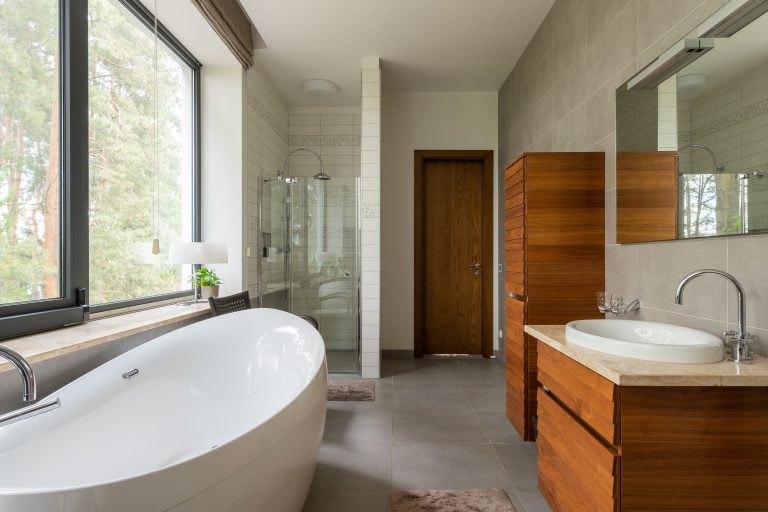
A home appraisal is simply the unbiased opinion of a professional appraiser regarding the value of a home. Home appraisals are extremely common in the purchasing or refinancing of a home. Lenders require appraisals as a safeguard for the lender and the purchaser, to ensure they are lending for more than what the home worth. Lenders don’t want new homeowners to start upside down. The lender wants to make sure they can recover their investment if the house is foreclosed. An appraiser will assess the home’s value after the lender requests it.

While each appraiser has their own method and process for completing an appraisal, there are some necessary components that must be included in every appraisal. All appraisals begin with an appraiser’s walk-through. They’ll examine the house’s interior and exterior. They’re considering the property’s size, layout, and upkeep. An appraisal must also include a neighborhood analysis, comparison photos of nearby homes that have recently sold, an explanation of how square footage was calculated, photos of the home’s interior and exterior, and a street map with the property being inspected and comparable homes marked.
During the walkthrough of a home, the appraiser will analyze the exterior of the home to assess the overall condition of the home. The appraiser is checking for the materials used to build the property as well as any existing damage. When assessing the value of a home, the building material on the exterior of the home can make a significant difference in the opinion of the appraiser. Existing damage to the outside of the home or the foundation could also alter the results. If an appraiser sees a crack in the foundation of a home, they will most likely decrease the value of the home in their report.
Another part of the walk-through by the appraiser is the assessment of the interior of the home. The appraiser is looking at the interior as a whole in addition to the building materials used and finishes throughout the home. The square footage along with the number of bedrooms and bathrooms are a large part of the appraisal. Some common building materials that are assessed in the interior of the home include flooring, light fixtures, countertops, and windows. While home decor is not officially used in the appraisal process, a well decorated home that is well maintained is more likely to show more effectively. Furthermore, a staged home could help increase the value indicated by an appraiser.

During the walkthrough of the interior of the home, an appraiser will assess amenities. Amenities are small additions to a home that make it more comfortable in which to live. Some common amenities could include carbon monoxide detectors or a home security system. These items, while not required in a home, are desirable features if present. Another common amenity is custom window furnishings. These especially stand out to appraisers, because they are both practical and help to improve the overall appearance of a home. Amenities are factors that help a home stand out against other similar properties on the market.

Upgrades are large-scale changes to a home that dramatically impact the value of the property. When completing the walkthrough of a home, an appraiser will notice any upgrades and increase their overall opinion of value of a home with desirable upgrades. A common upgrade is a kitchen remodel that can consist of adding new cabinets, replacing countertops, and upgrading appliances. Another common upgrade is a bathroom remodel to improve the overall look or usability of the room. Both of these common upgrades have the potential to increase the value of a home significantly in the eyes of an appraiser.
After the walk-through and other research, an appraiser will calculate the home’s value. Appraisers use two methods to value homes. Sales Comparison Approach is first. To value the home, the appraiser compares it to similar properties. To get a more accurate estimate, they will consider property differences. Cost Approach is second. The Cost Approach uses today’s building and labor costs to value the home. This is done by estimating the lot’s value, building the house’s cost, subtracting depreciation from age, and estimating any exterior improvements. Catastrophe insurance and situations where there are not enough properties to do a Sales Comparison Approach for unique properties like libraries, fire stations, and schools use this method. Both methods provide accurate home value estimates.
Agent
If you have a preferred agent to work with, let us know and we will forward your information to them. If not, we will happily introduce you to one of our qualified agents to assist you in the buying or selling process.
Please fill out the form and you will receive an email from us. If you do not get the email in the next 5 minutes, check your spam/junk folder.